How to grow a beautiful lemon tree from seed (you know you want to)
When life gives you lemon seeds, plant lemon trees. Obviously
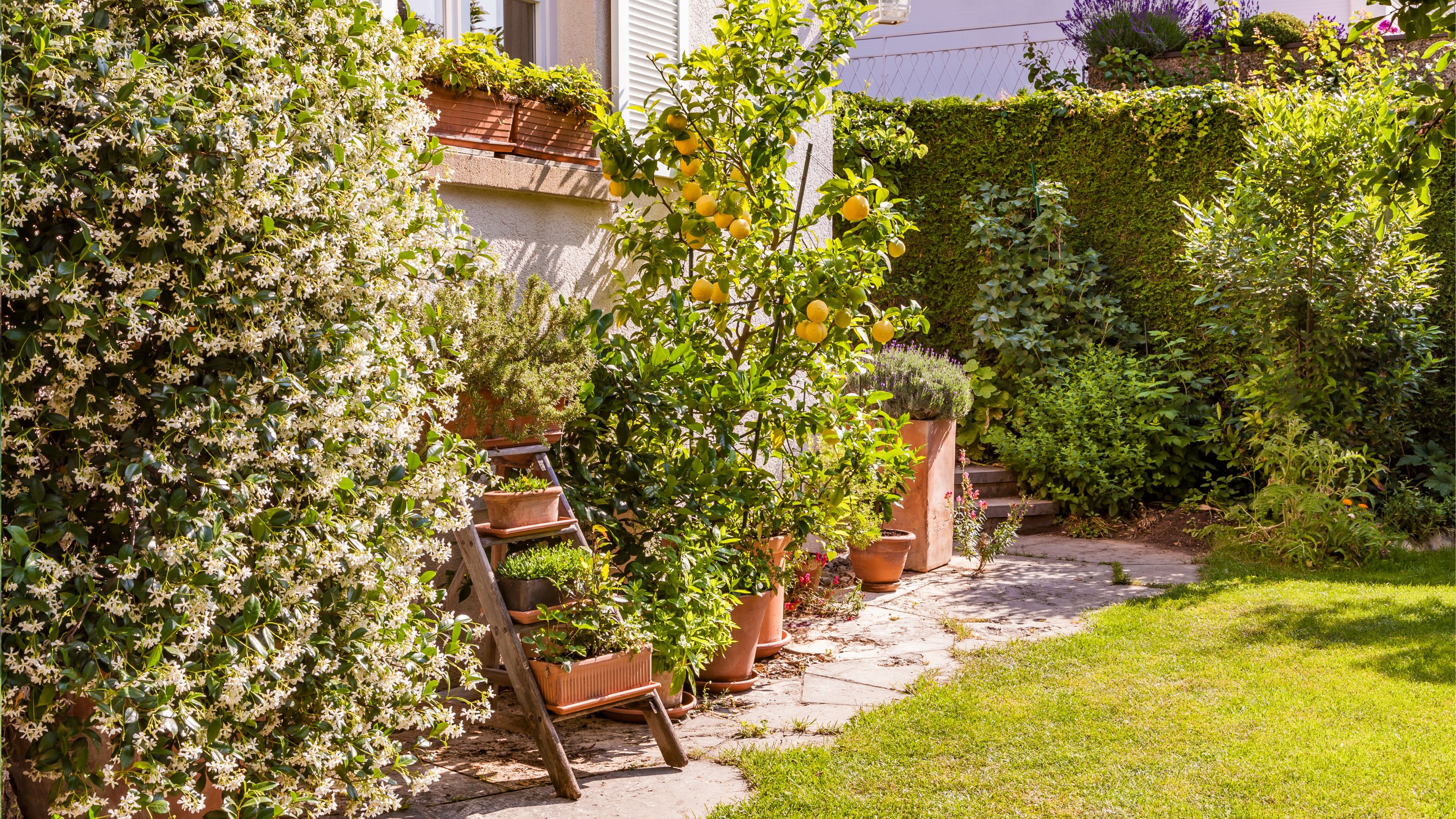

It is a truth universally acknowledged that any person in possession of a lemon slice must have wondered, at least once, if you can grow lemon trees from seed.
Well, I'm very happy to report that you absolutely can add this dream to your overflowing list of garden ideas, as propagating these beautiful fruit trees is one of the most rewarding garden trends around.
How to grow a lemon tree from seed
Growing a lemon tree from seed is one of those easy garden ideas that you can do as a complete beginner. In fact, it is top of our list of family garden ideas, as you can even get the very littlest of green fingers involved in the process.
However, you will need to be patient with the process – and don't go in expecting the same sort of lemon you'd find glowing in the supermarket fruit and veg aisle, either.
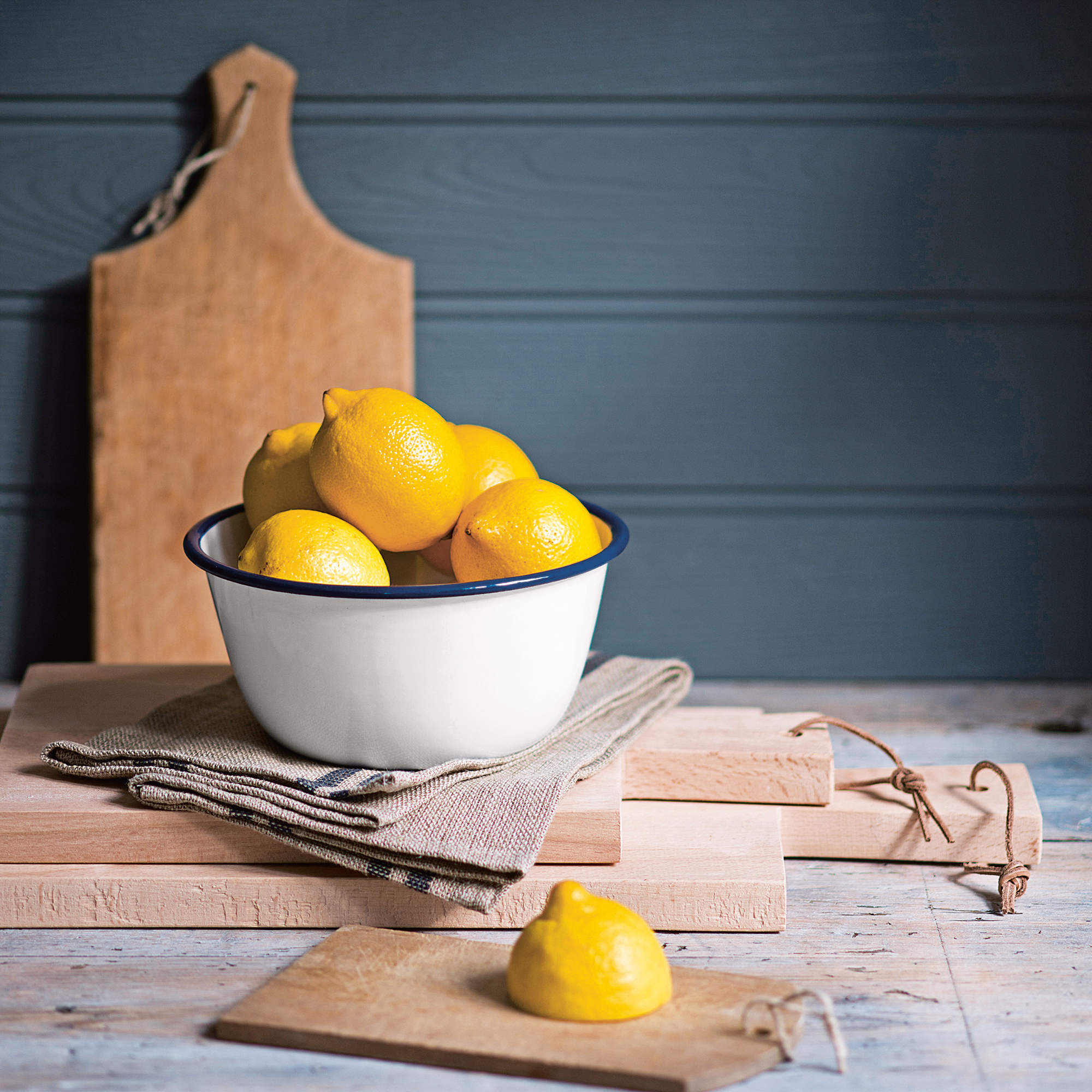
Unlike commercially grafted citrus trees, a lemon tree from seed is not a carbon copy of its parent. This means that it will take around five or more years to fruit, and that it will likely yield smaller lemons, too. Some may not fruit at all.
Still, your own lemon tree! From seed! And imagine if it did fruit – you could serve people drinks with lemon slices you'd grown yourself.
Basically, when life gives you lemon seeds, plant lemon trees. Obviously. Here's what you need to do.
Sign up to our newsletter for style inspiration, real homes, project and garden advice and shopping know-how
What you'll need
If you are keen to grow your own lemon tree from seed, you will need to obtain the following:
- Lemon seeds from a fresh, ripe lemon
- Cotton wool
- Small dish
- Citrus compost (try this bag from Amazon)
- Small seed pots (again, Amazon has a good selection of biodegradable seedling pots)
- Clingfilm/plastic wrap
- Planter pots (these colourful planters from Homebase are pretty and practical)
- Water-soluble fertiliser that's high in potassium (yes, Miracle-Gro All Purpose Concentrated Liquid Plant Food counts)
Step-by-step
While growing a lemon tree from seed isn't quite as simple as chucking a few seeds in a pot and wishing them well, it is a very simple process.
All you need to do is follow the steps below:
1. Obtain the seeds
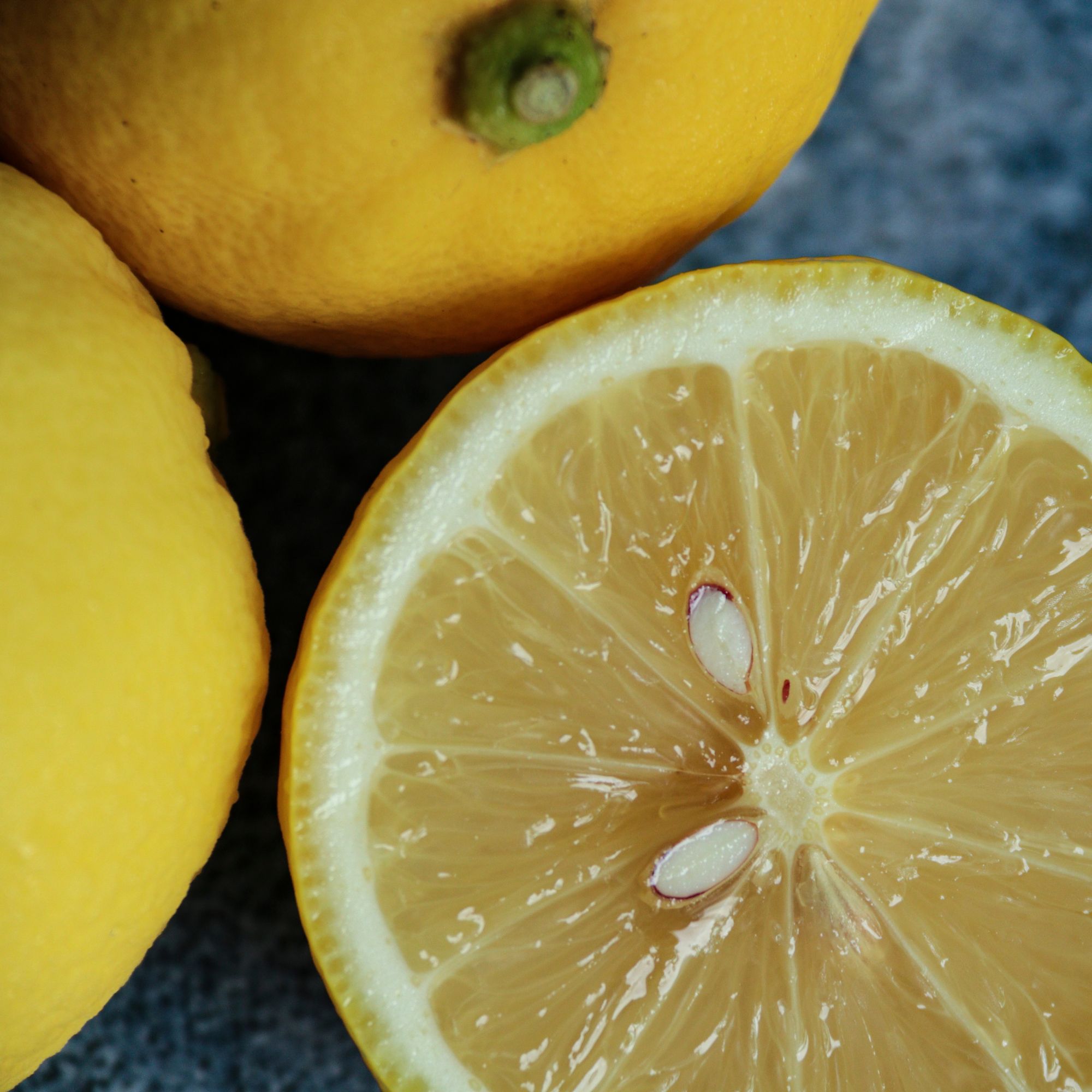
Christopher O'Donoghue, the co-director of Gardens Revived, advises that you select the freshest, ripest, and tastiest lemon you can find.
'You want to get at least five or six good seeds out of the fruit,' he says, 'and make sure you get all of the clinging flesh off of them, as it's full of sugars that can attract the sort of fungal disease that kills off your lemon tree before you've even started.'
How should you do this, then? Either by running your seeds under the tap, or by (wait for it) popping them in your mouth and carefully sucking until the lemony taste is gone.
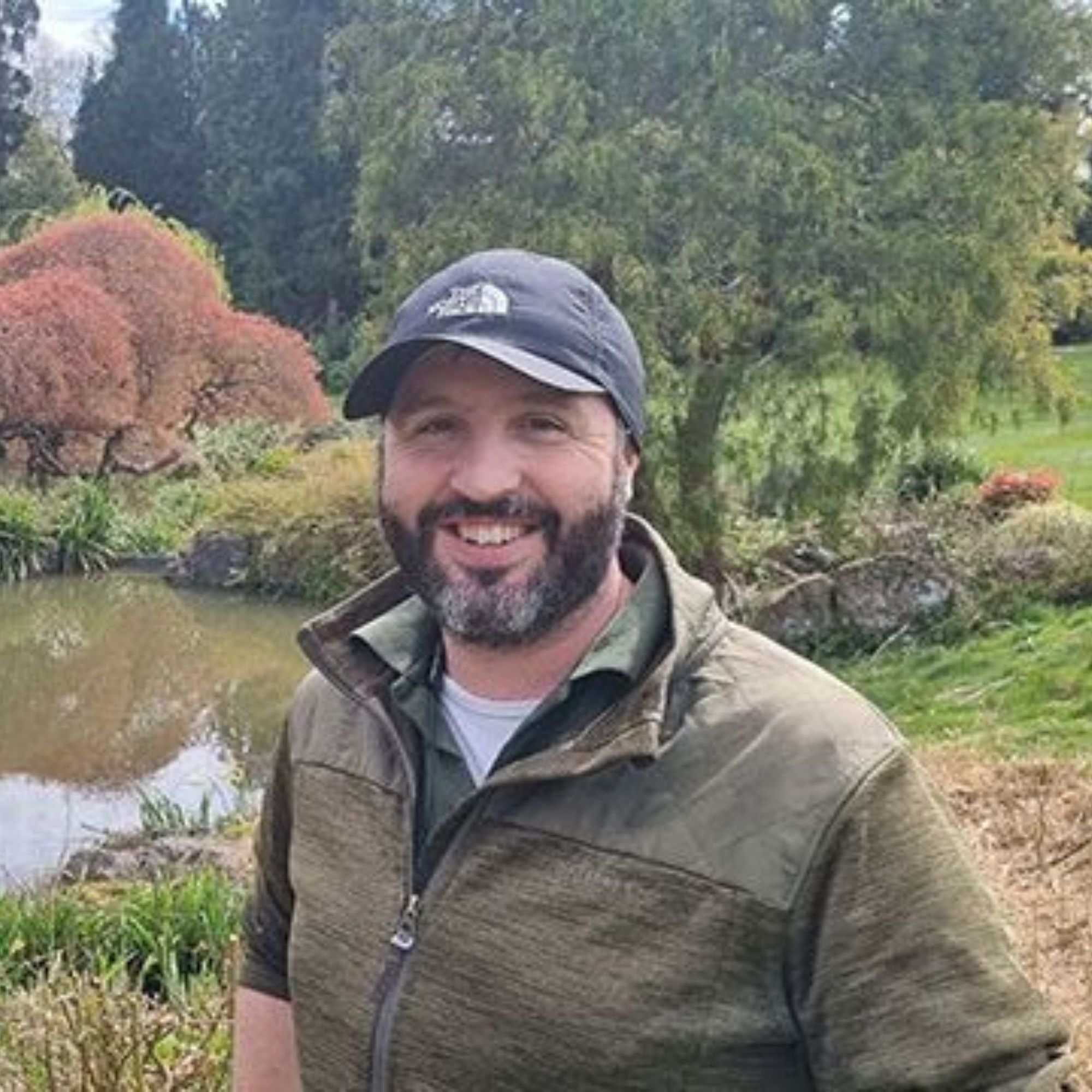
A gardener with over a decade of experience under his belt, Christopher set up Gardens Revived with his brother, Andrew, in 2018 to create a thriving family business. Together, they have worked on residential gardens, listed buildings and gardens, flower shows and large estates with some exceeding 70 acres – many with historical significance.
2. Prepare your lemon seeds
Once you've removed every last trace of the pulp, you will want to plant your seeds as soon as possible – and if you can't, then pop your seeds on some wet cotton wool to keep them moist and happy.
'As it's come from the fruit, it's ready for planting,' adds Christopher, 'so leaving it out for too long may reduce your seed's chances of germination.'
(The alternative to all of this prepping, of course, is to buy lemon seeds from a reputable source... but where's the fun in that?)
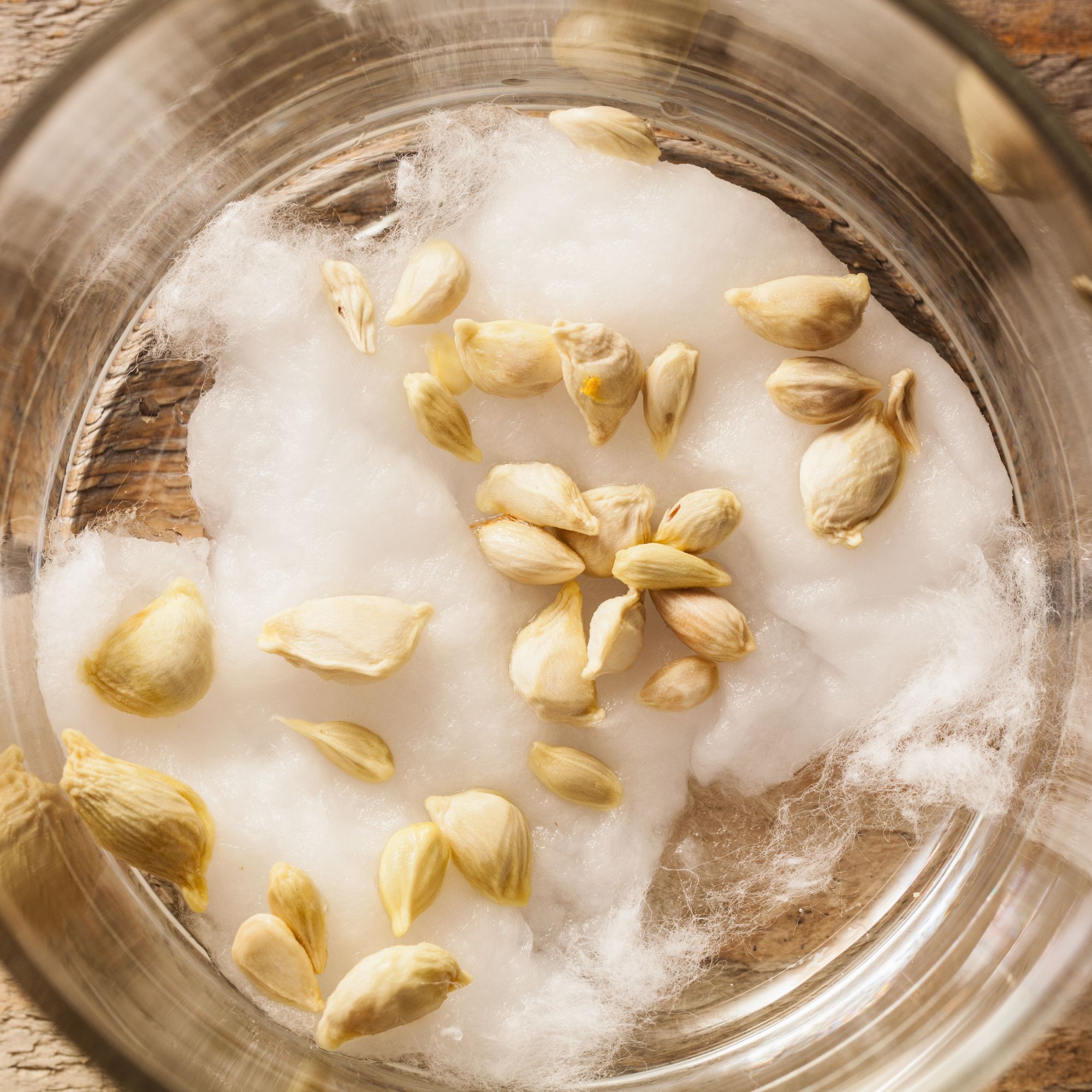
3. Plant your seeds
'Fill a small pot or seed tray with a pre-watered, but well-drained, potting or citrus compost mix,' says Christopher. 'Overwatering your lemon seeds can cause root rot, which is definitely something we want to avoid.'
With this warning in place, he continues: 'You want to plant the seeds about 1/2 inch deep, then lightly cover them with soil,
4. Place your pots in a warm, moist environment
'You will want to place your seed pots in a warm location, ideally around 20-25°C. A sunny windowsill is a good spot, or some people even suggest the top of the fridge,' says Christopher.
'You don't want your soil to completely dry out, so be prepared to mist. I'd also suggest covering the container with clingfilm to create a humid environment, almost like a mini greenhouse, as this will aid in germination.'
5. Take care of your seedlings
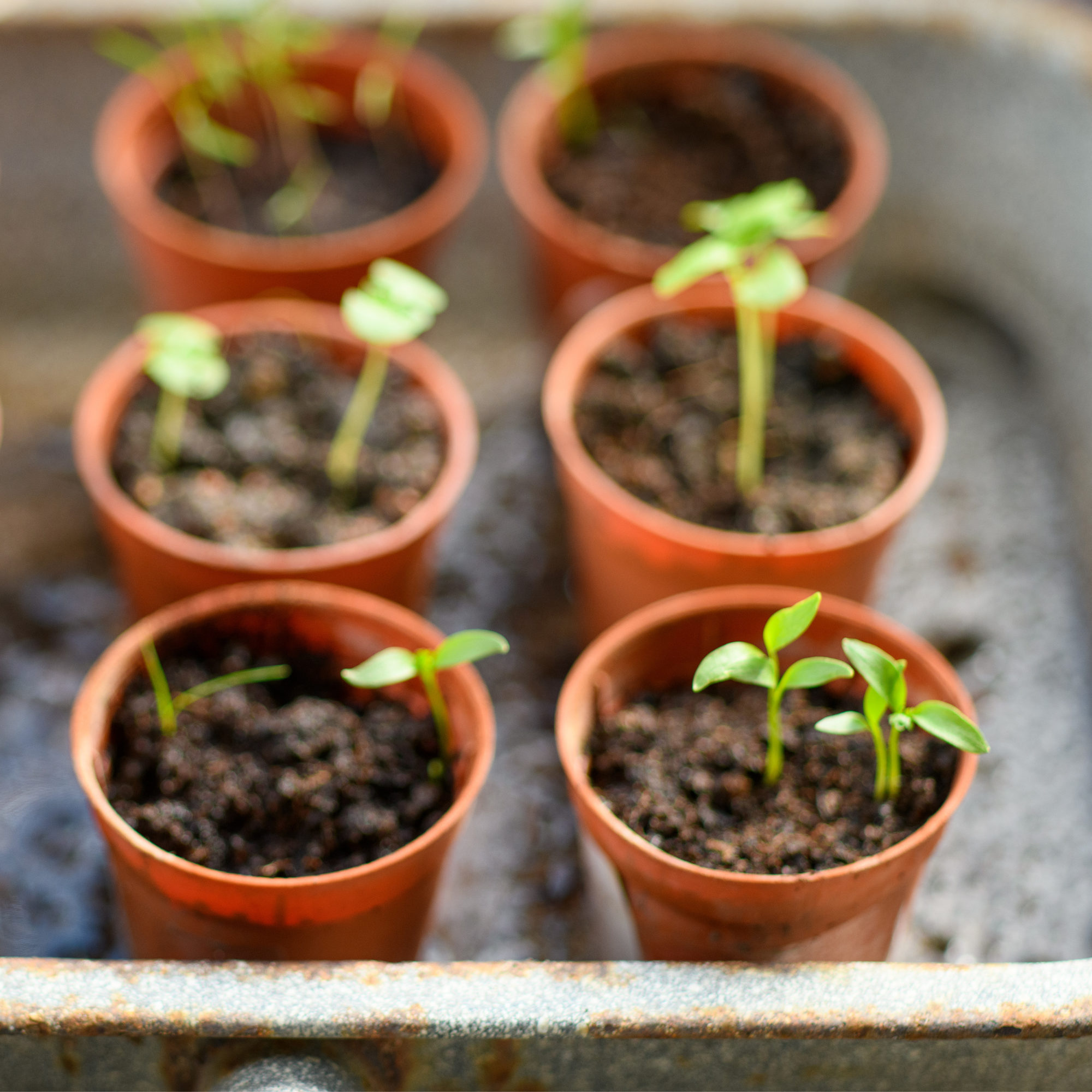
'Once your seedlings have emerged, you want to remove the clingfilm and move them to a bright spot,' says Christopher, advising you stick to indirect sunlight.
'They will need around 6-8 hours of sunshine every day,' he continues, 'and keep the soil moist but not waterlogged. Remember, root rot!'
6. Transplant your lemon seedlings to bigger pots
'Once your seedlings have started to establish themselves, and sprouted a few leaves, you will want to move them into individual (and well-draining) pots with good quality potting soil or citrus compost,' says Christopher.
'Make sure the pots are deep enough for their roots to develop – say between 10-15cm. And continue to provide ample sunlight and regular watering.'
7. Give your little lemon trees lots of TLC
'Lemon trees prefer a sunny and sheltered location,' says Christopher, 'so you might consider placing them outdoors in the warmer months. Always protect them, though, from cold drafts – and be sure to bring them back in before the temperature dips.'
He adds: 'Make sure you give them all the nutrients they need by giving them a water soluble fertiliser high in potassium every two to four weeks, or a citrus-specficic fertiliser using the instructions on the packaging.
'Finally, water them regularly – you want to ensure the soil never completely dries out.'
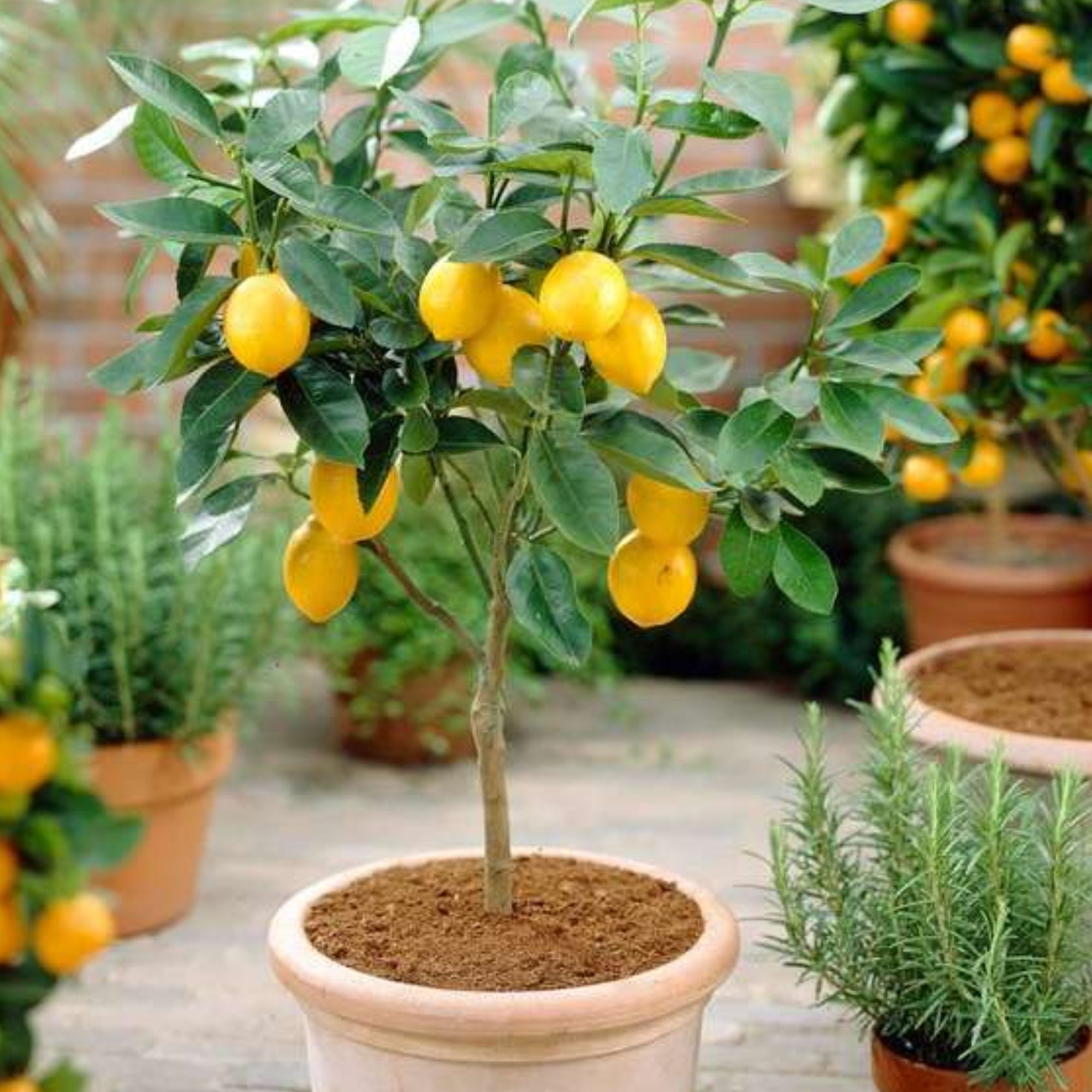
Christopher adds: 'Keep in mind that growing lemon trees from seed will be a slow process, and it may take up to five years for the tree to mature and bear fruit, if at all.
'Still, it only takes a few months to get a tree that looks pretty enough for a pot, so your hard work will be rewarded before too long!'
Can you really grow a lemon tree from seed?
It's incredibly easy to grow a lemon tree from seed. In fact, if you follow the steps correctly, it's so easy to germinate the seeds that you could end up with a tiny lemon tree grove of your very own before too long.
What soil do you need for a lemon tree?
Citrus plants tend to prefer a slightly acidic soil – and you can buy citrus-specific compost for your young lemon trees, if you prefer. Otherwise, you'll need a pasteurised potting soil mix or a well-draining soil mix like sandy loam soils, to prevent them from becoming waterlogged.
Can you germinate lemon seeds in paper towel?
If you've been on TikTok recently, you'll undoubtedly have stumbled across one of the many videos of people growing lemon trees from seeds they've germinated in paper towels. The process is easy enough: clean your seeds, wrap them in wet paper towels, seal them in a ziploc bag, and stash them somewhere warm and dry until they sprout. Just be sure to keep the towels moist, and your seeds separate, to avoid overcrowding.

Kayleigh Dray became Ideal Home’s Acting Content Editor in the spring of 2023, and is very excited to get to work. She joins the team after a decade-long career working as a journalist and editor across a number of leading lifestyle brands, both in-house and as a freelancer.